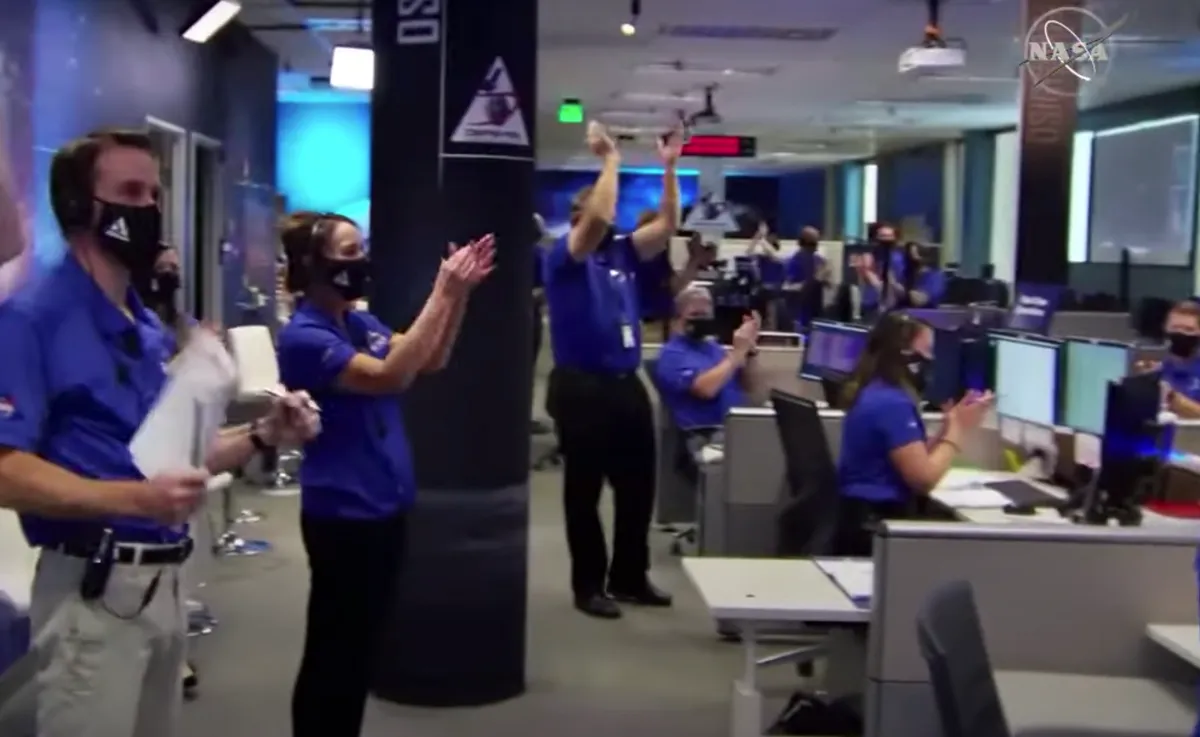NASA’s asteroid investigator OSIRIS Rex successfully made contact with asteroid Bennu on 20 October 2020.The spacecraft attempted to take a sample of dust from the space rock before relaunching away from the asteroid's surface.
It will be another few days before the team know if the collection was successful.
If the sample is confirmed, then the spacecraft will return it to Earth, where it can be studied in the world’s biggest and best labs.
OSIRIS-Rex used an instrument known as the Touch-and-Go Sample Acquisition Mechanism (TAGSAM) – a funnel like appendage that OSIRIS Rex pressed into the surface of Bennu.
- Find out more about the OSIRIS-REx mission.

TAGSAM then fired a burst of nitrogen gas at the surface, hopefully kicking up a cloud of dust that was then channelled into several containers.
The aim of the mission is to collect at least 60g but the spacecraft could hold as much as 2kg.
“The pyro bottle fired, so TAGSAM operated,” says Dante Lauretta from the University of Arizona and the mission’s Primary Investigator.
“The thrusters fired, so we’re safely moving away from the asteroid’s surface, the spacecraft did everything it was supposed to do. We did it!”

The mission is still far from a done deal, as TAGSAM might have not been able to collect its sample.
When OSIRIS-Rex arrived at Bennu, the spacecraft’s operators found the asteroid was far less dusty than they’d anticipated and they struggled to find a place that was both dusty enough for TAGSAM to work, but which was also free of boulders which could damage the spacecraft as it approached.
They eventually found a suitable landing site, known as Nightingale, but there is no guarantee that the procedure worked as planned.
The team will now spend several days monitoring the subtle motions of the spacecraft’s spin to discover how much OSIRIS Rex’s mass has changed by, and thus how much dust it has managed to take on board.
“We tagged the surface of the asteroid and it’s up to Bennu now to see how the event went,” says Lauretta.
If TAGSAM failed to get the required 60g, OSIRIS Rex will be able to make another attempt at landing, probably at one of the back-up landing sites.
OSIRIS Rex will depart Bennu in March 2021, and arrive back on Earth – hopefully with a sample on board – in September 2023.
